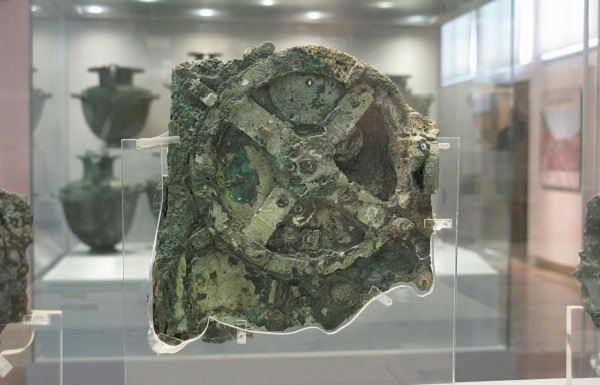
Google dedicates today’s doodle to the 115th anniversary of the Antikythera Mechanism
With today’s doodle, Google is celebrating the 115 years that have passed since the discovery of the Antikythera Mechanism. This amazing tool is regarded as the first computer in the world. The company wanted to highlight the importance that a relic can have when gathering knowledge and information.
- Google celebrates the Antikythera Mechanism with a new doodle.
- The device is an ancient astronomical computer used to predict eclipses and track down planetary positions.
- Researchers still ponder on other possible uses of the device.
Google wanted to celebrate knowledge and to honor the 115th anniversary of the first tool in the world which helped in the quest for information. The doodle presents an archaic wheel made of stone which can identify the positions of the planet, the dates of future lunar and solar eclipses, or even predict the date of the Olympics.
“Today’s Doodle illustrates how a rusty remnant can open up a skyful of knowledge and inspiration.”
On May 17th, 1902, Valerios Stais, a Greek archaeologist, stumbled upon this mysterious mechanism while he was searching among other artifacts found in a shipwreck. The wreck belonged to a Roman ship which sank near Antikythera.
Archaeologists had found the wrecked ship two years earlier. However, Stais was the first to notice an artifact made of bronze which looked different among the others. The strange object resembled a wheel or a gear, and it captured the attention of the archaeologist, who took it for further study.
Afterwards, he discovered that the weird bronze object was part of the Antikythera Mechanism, an astronomical computer and the first of its kind that ever existed. People used it to track down the positions of planets, to predict the date of the next eclipses, and even to determine the next Olympic games. Researchers also thought that they could have used it for navigation.
Initially, they thought it dated back to 85 BC. However, more recent studies found out that the device was even older (150 BC). The mechanism is incredibly advanced for its time, as it features complex components which resemble those found in clocks.
The Antikythera Mechanism is exhibited at the National Archaeological Museum of Greece, and it continues to baffle everyone with its complexity and intricacy.
Image Source: Wikimedia Commons

Leave a Reply
You must be logged in to post a comment.